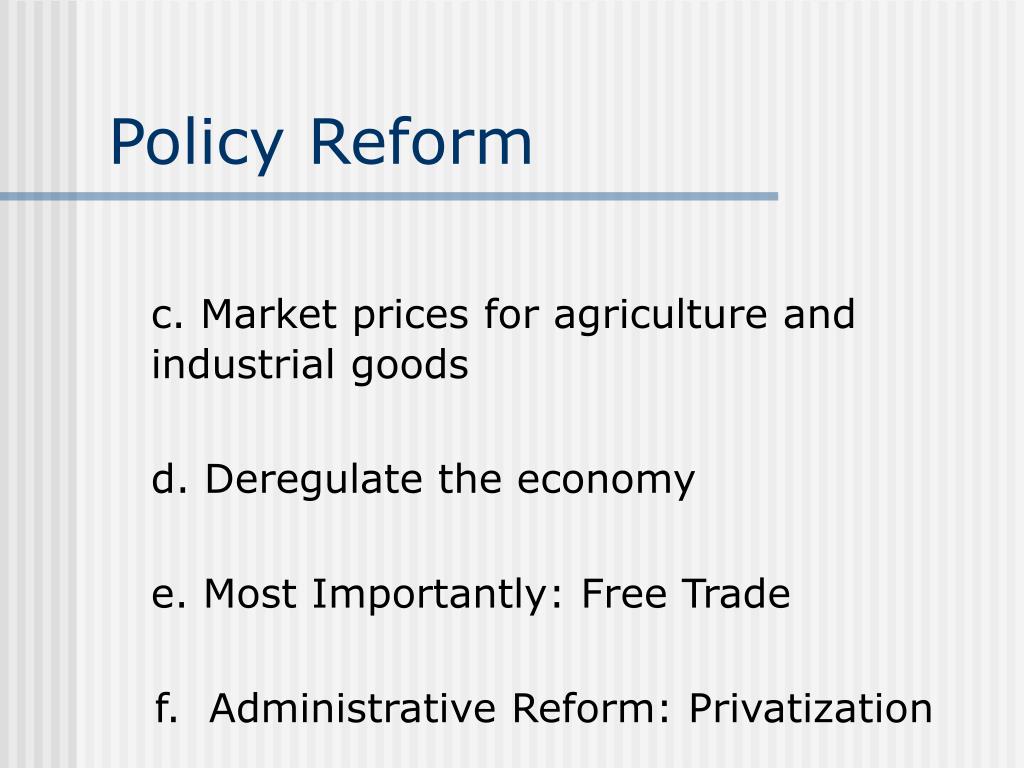Generate 5 Perfect Now
The advent of advanced technologies has revolutionized numerous aspects of our lives, transforming the way we interact, work, and innovate. At the forefront of this revolution is the integration of artificial intelligence, blockchain, and the Internet of Things (IoT), which are redefining industries and creating new opportunities. As we delve into the nuances of these technologies, it becomes evident that their applications are vast and their potential, immense. From enhancing cybersecurity to streamlining supply chains, the impact of these technologies is being felt across the globe. In this comprehensive overview, we will explore the current state of these technologies, their applications, and the future implications they hold.
Introduction to Emerging Technologies
The landscape of technology is constantly evolving, with new innovations emerging every year. Among the most significant of these are artificial intelligence (AI), blockchain, and the Internet of Things (IoT). AI refers to the development of computer systems that can perform tasks that typically require human intelligence, such as visual perception, speech recognition, and decision-making. Machine learning, a subset of AI, enables systems to learn from data without being explicitly programmed. Blockchain, on the other hand, is a decentralized, digital ledger that records transactions across a network of computers, known for its security and transparency. The IoT involves the network of physical devices, vehicles, home appliances, and other items embedded with sensors, software, and connectivity, allowing them to collect and exchange data.
Applications of AI, Blockchain, and IoT
These technologies have found applications in various sectors, including healthcare, finance, manufacturing, and transportation. In healthcare, AI is used for predictive analytics, helping in the early detection of diseases. Blockchain is utilized for securing medical records, ensuring confidentiality and integrity. The IoT is applied in remote patient monitoring and telemedicine. In finance, blockchain is used for cryptocurrencies and secure transactions, while AI is employed for risk analysis and portfolio management. The IoT is used in supply chain management, enhancing logistics and reducing costs.
| Technology | Application |
|---|---|
| Artificial Intelligence | Predictive Analytics, Autonomous Vehicles |
| Blockchain | Secure Transactions, Cryptocurrencies |
| Internet of Things | Smart Homes, Industrial Automation |
Technical Specifications and Performance Analysis
When evaluating the technical specifications of these technologies, several factors come into play. For AI, the processing power and algorithmic complexity are crucial. High-performance computing and advanced algorithms enable more accurate and efficient AI applications. Blockchain’s performance is measured by its block time, transaction capacity, and security protocols. Faster block times and higher transaction capacities make a blockchain more viable for widespread use. The IoT’s performance is assessed based on device connectivity, data processing, and power consumption. Efficient data processing and low power consumption are essential for IoT devices to be practical and sustainable.
Future Implications and Challenges
As these technologies continue to evolve, they will face challenges related to regulation, ethics, and public acceptance. There will be a need for clear regulations to ensure the safe and beneficial development of AI, blockchain, and IoT. Ethical considerations, such as privacy and bias in AI decision-making, will also be paramount. Public education and awareness will be crucial in gaining acceptance and trust in these technologies. Despite these challenges, the future holds immense promise, with potential applications in sustainable energy, advanced manufacturing, and space exploration.
What is the current state of AI in terms of its applications and limitations?
+AI is currently applied in numerous fields, from healthcare and finance to education and transportation. Its limitations include the need for large datasets for training, potential biases in algorithms, and the challenge of explaining AI-driven decisions. Despite these limitations, AI continues to evolve, with advancements in machine learning and natural language processing.
How does blockchain contribute to cybersecurity?
+Blockchain enhances cybersecurity through its decentralized and immutable nature. Transactions recorded on a blockchain are secure, transparent, and tamper-proof, making it difficult for hackers to manipulate data. Additionally, blockchain-based systems can provide secure authentication and authorization, reducing the risk of cyber attacks.
What role does the IoT play in smart home technology?
+The IoT is fundamental to smart home technology, enabling the interconnection of various devices and systems within a home. Through IoT, devices such as thermostats, lights, and security systems can be controlled remotely, automated, and integrated to provide a convenient, energy-efficient, and secure living environment.
In conclusion, the synergy between AI, blockchain, and IoT is redefining the technological landscape, presenting unprecedented opportunities for innovation and growth. As these technologies continue to advance, their applications will expand, leading to significant improvements in various sectors. Understanding the current state, technical specifications, and future implications of these technologies is essential for harnessing their potential and addressing the challenges they pose.

